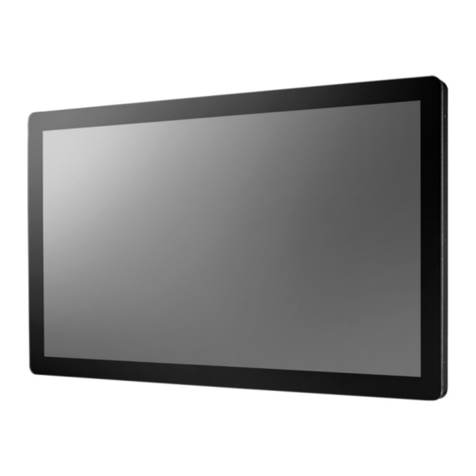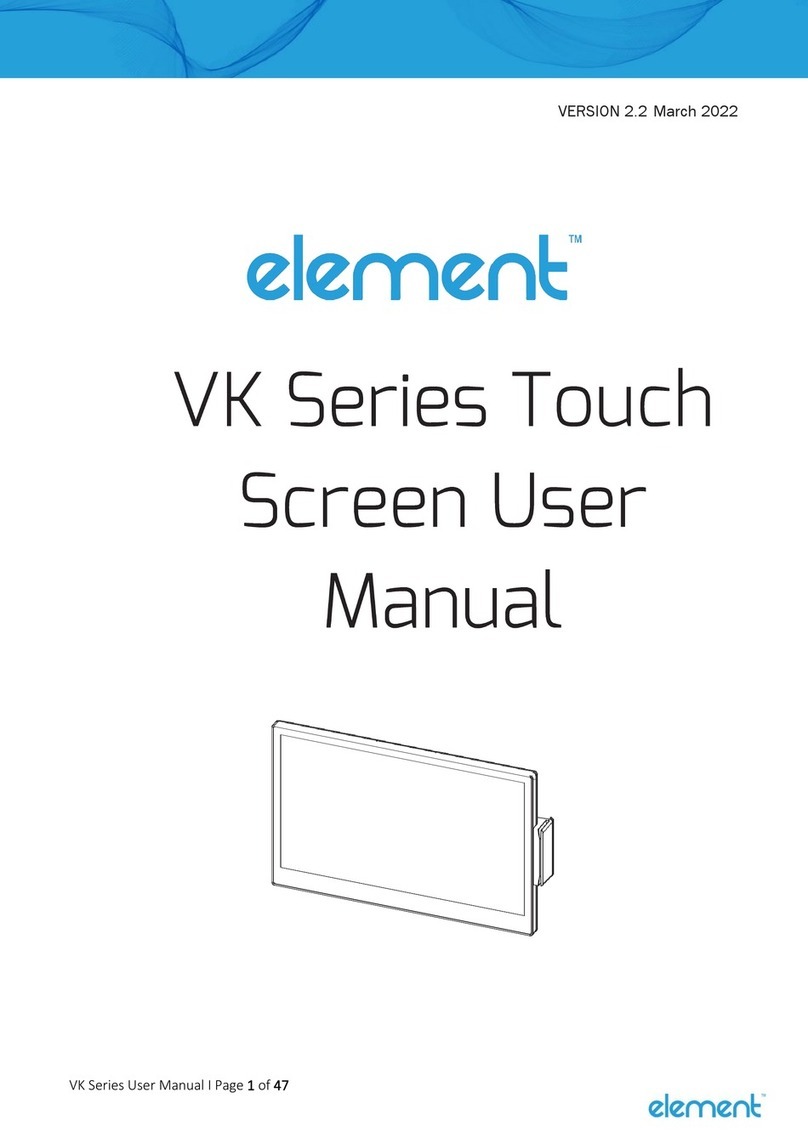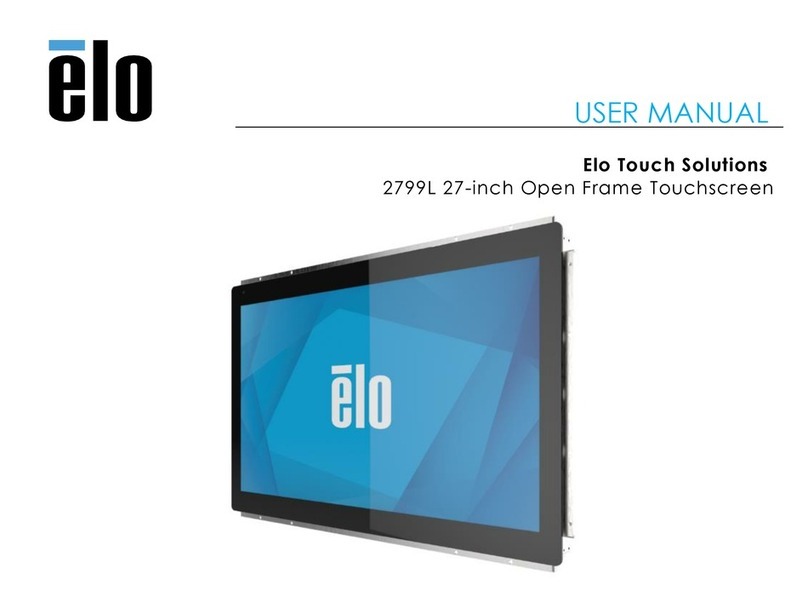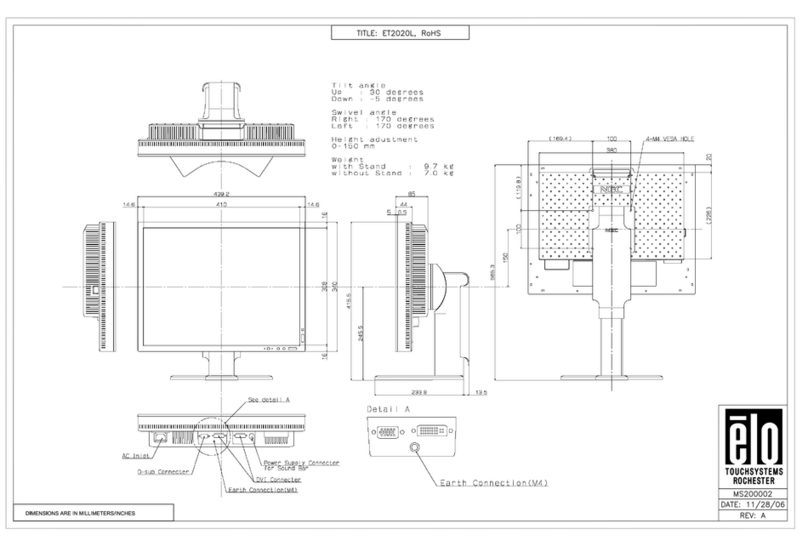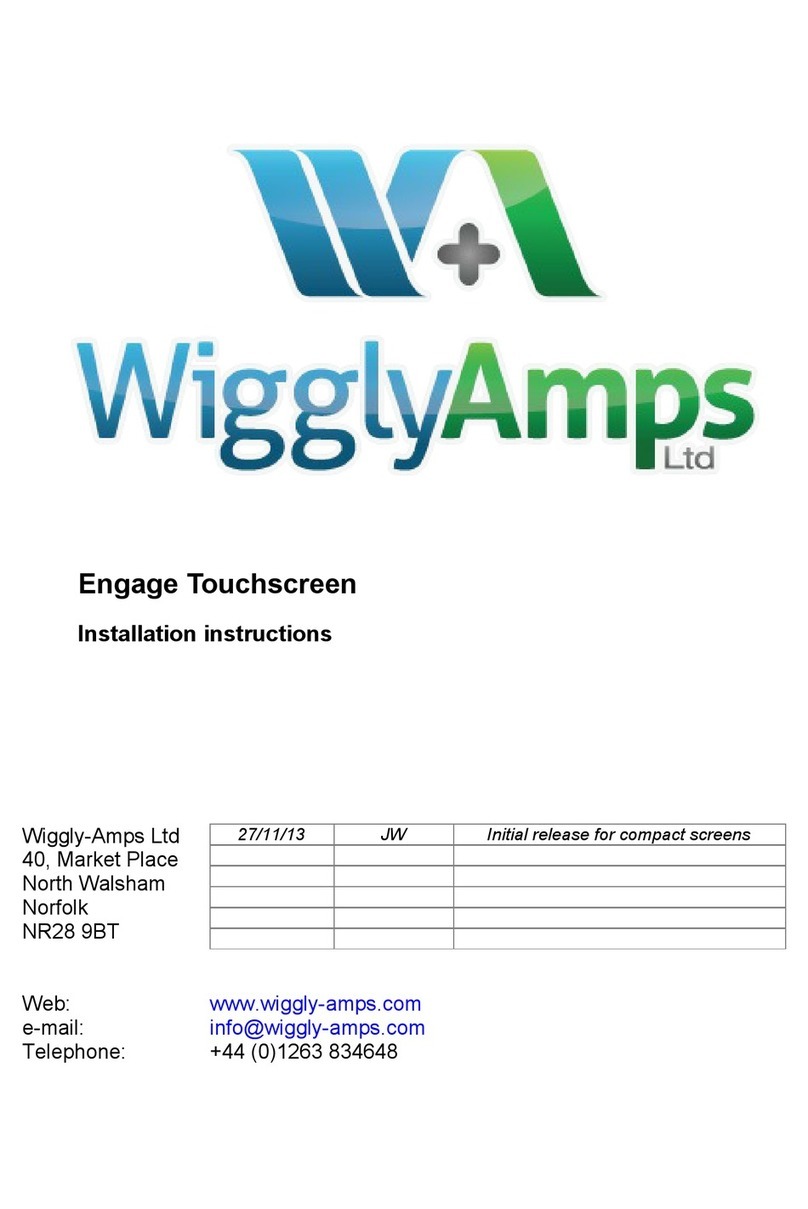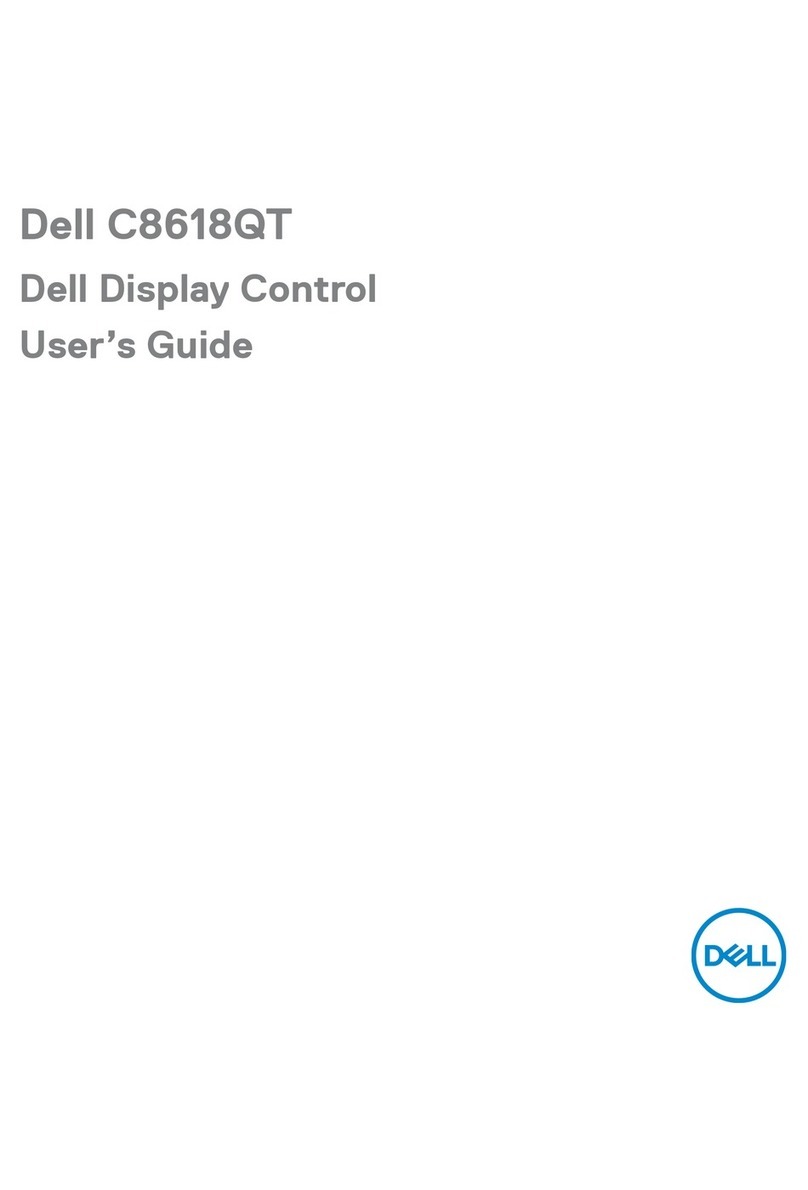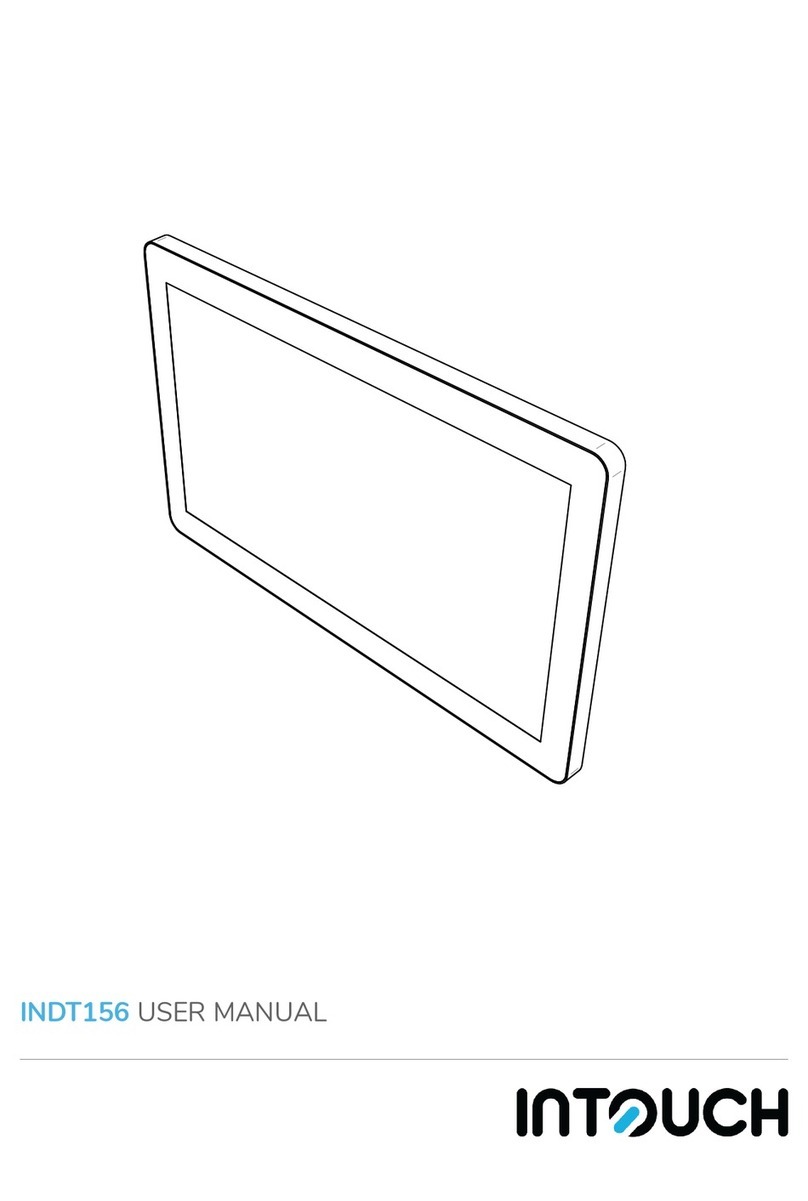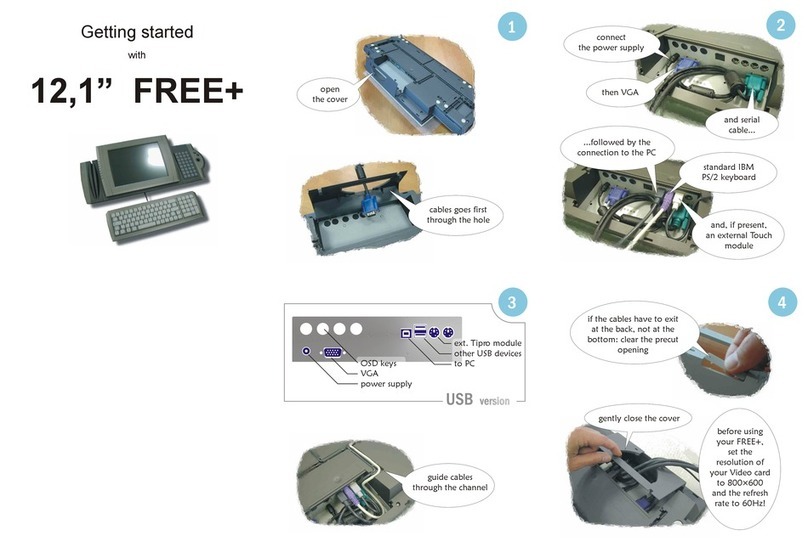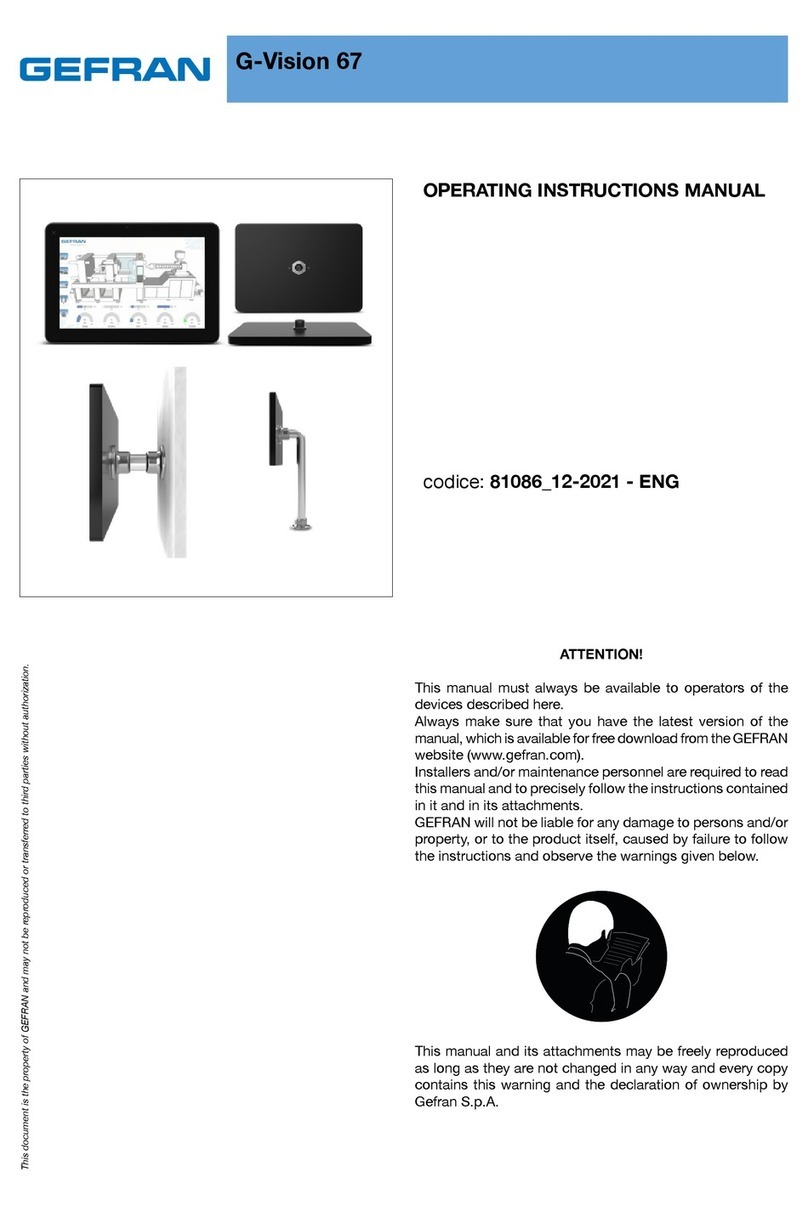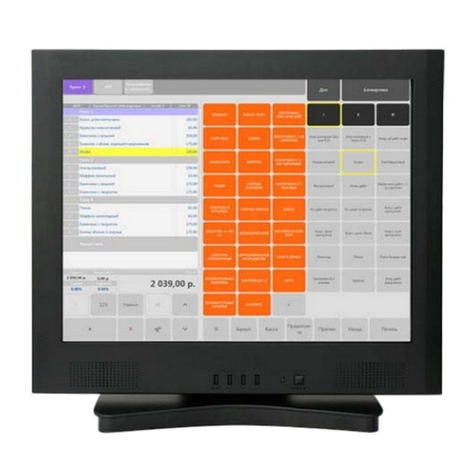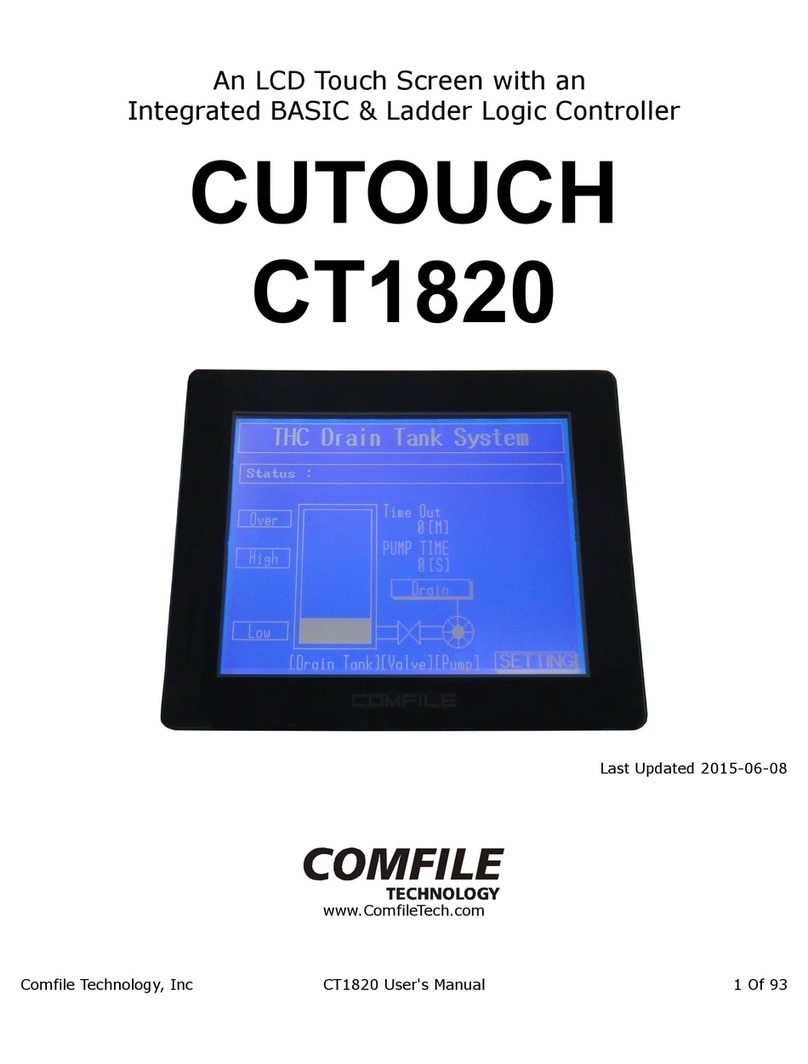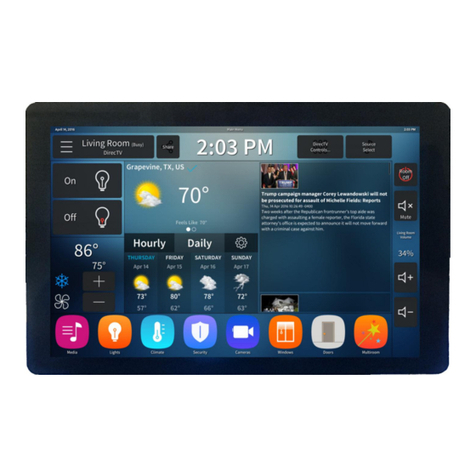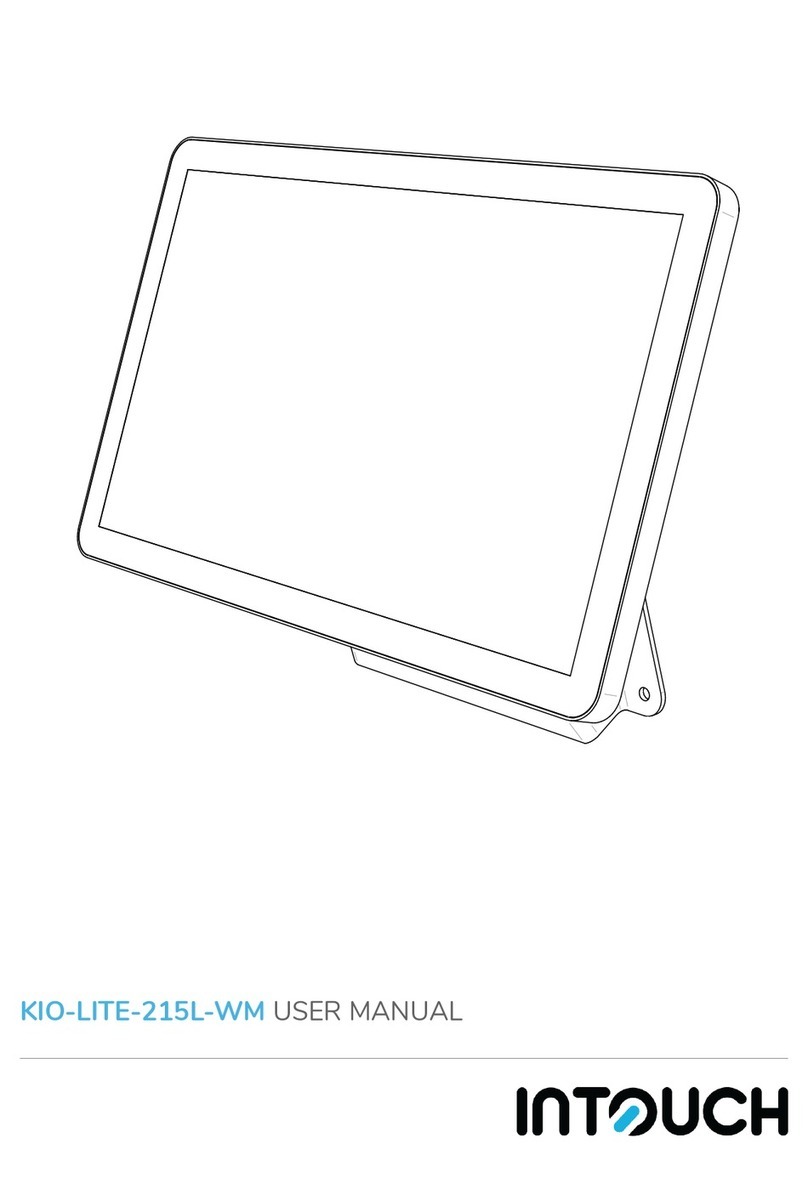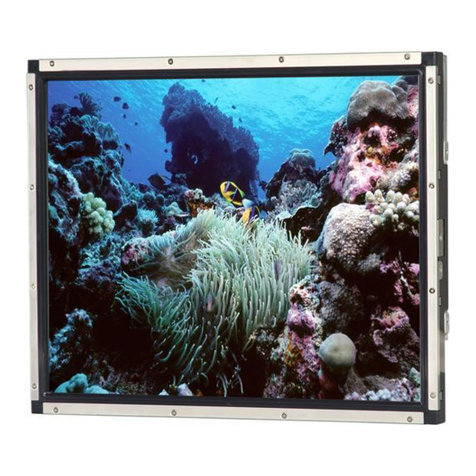
TABLE OF CONTENTS
6.3.5 Characteristics .......................................... 20
6.4 External Wake-up ............................................ 20
6.4.1 Pinout ............................................... 20
6.4.2 Functional description ..................................... 20
6.4.3 Maximum ratings ........................................ 20
6.4.4 Characteristics .......................................... 20
6.5 Service Enable .............................................. 20
6.5.1 Pinout ............................................... 20
6.5.2 Functional description ..................................... 21
6.5.3 Maximum ratings ........................................ 21
6.5.4 Characteristics .......................................... 21
6.6 100BASE-TX interface ......................................... 21
6.6.1 Pinout ............................................... 21
6.6.2 Functional description ..................................... 21
6.6.3 Maximum ratings ........................................ 21
6.7 100BASE-T1 interface ......................................... 22
6.7.1 Pinout ............................................... 22
6.7.2 Functional description ..................................... 22
6.7.3 Maximum ratings ........................................ 22
6.8 USB OTG interface ........................................... 22
6.8.1 Pinout ............................................... 22
6.8.2 Functional description ..................................... 22
6.8.3 Maximum ratings ........................................ 23
6.9 USB Host interface ........................................... 23
6.9.1 Pinout ............................................... 23
6.9.2 Functional description ..................................... 24
6.9.3 Maximum ratings ........................................ 24
6.10 RS-232 interface ............................................. 24
6.10.1 Pinout ............................................... 24
6.10.2 Functional description ..................................... 25
6.10.3 Maximum ratings ........................................ 25
6.10.4 Characteristics .......................................... 25
6.11 CAN interface ............................................... 26
6.11.1 Pinout ............................................... 26
6.11.2 Functional description ..................................... 26
6.11.3 CAN 3 ............................................... 26
6.11.4 Maximum ratings ........................................ 28
6.11.5 Characteristics .......................................... 28
6.12 Analog video input ............................................ 29
6.12.1 Pinout ............................................... 29
6.12.2 Functional description ..................................... 29
6.12.3 Maximum ratings ........................................ 29
6.12.4 Characteristics .......................................... 29
6.12.5 General advice ......................................... 29
6.13 Camera supply .............................................. 30
6.13.1 Pinout ............................................... 30
6.13.2 Functional description ..................................... 30
6.13.3 Maximum ratings ........................................ 30
6.13.4 Characteristics .......................................... 30
7 Internal structure 31
7.1 Temperature sensors .......................................... 31
7.1.1 Characteristics .......................................... 31
7.2 Speaker .................................................. 31
7.2.1 Characteristics .......................................... 31
7.3 Real-time clock (RTC) .......................................... 31
© TTControl GmbH 2020. All rights reserved.
Confidential and Proprietary Information 2Document Number:
D-156-G-02-001
